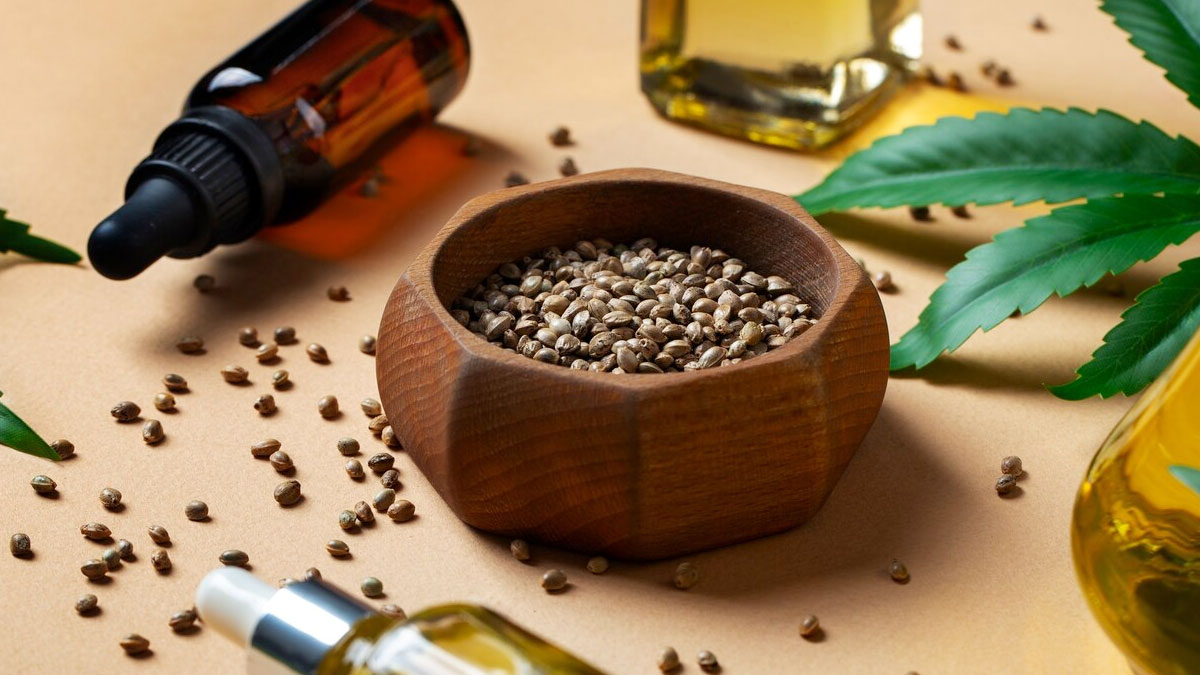The buzz surrounding CBD, or cannabidiol, is hard to ignore. What once seemed like a niche interest has exploded into a multi-billion-dollar industry, captivating health enthusiasts, wellness advocates, and even casual consumers. But where did it all begin? To truly appreciate the modern miracle that is CBD, we need to journey back in time to explore its rich and varied history—from its ancient medicinal roots to its current status as a wellness staple.
Ancient Beginnings
Cannabis has been used for thousands of years, with some of the earliest records dating back to ancient China. The Chinese emperor Shen Nong is often credited with being one of the first to document the medicinal properties of cannabis around 2737 BCE. In his writings, he described its use for various ailments, including rheumatism and malaria. This sets the stage for a long-standing relationship between humans and cannabis, which would evolve over millennia.
As we traverse the globe, we find that ancient Egyptians also recognized the plant’s potential. Archaeological evidence shows that they used cannabis for medicinal purposes, even incorporating it into religious rituals. In India, Ayurvedic texts reference cannabis as a treatment for a range of conditions, from anxiety to digestive issues. The common thread? A profound belief in the healing power of this versatile plant.
While THC (tetrahydrocannabinol) often garners most of the attention due to its psychoactive effects, CBD is another key compound found in cannabis. The journey to understanding CBD specifically began in the early 20th century when scientists started isolating and studying cannabinoids. It was in 1940 that Dr. Roger Adams and his team managed to isolate CBD, marking a significant milestone in the quest to understand this remarkable compound.
The 20th Century and Legal Challenges
Fast forward to the 20th century, and the landscape for cannabis shifted dramatically. The early part of this century saw the rise of stringent drug policies that criminalized not only the recreational use of cannabis but also stifled scientific research into its medical applications. The stigma associated with cannabis grew, making it increasingly difficult to study its benefits.
Despite this, the latter half of the century began to see a change. In the 1960s and 1970s, researchers like Dr. Raphael Mechoulam made groundbreaking strides in cannabinoid research. Mechoulam, often referred to as the “father of cannabis research,” was instrumental in identifying the structure of CBD and understanding its potential therapeutic benefits. His work laid the groundwork for future studies, but the stigma surrounding cannabis remained a formidable barrier.

The Medical Renaissance
The late 20th century marked a pivotal turning point in the perception of cannabis, particularly as advocates began to push for its medical use. This period saw a surge in activism, culminating in the passage of medical marijuana laws in several U.S. states during the 1990s. People were increasingly interested in alternatives to traditional pharmaceuticals, and CBD began to emerge as a promising option.
One of the most notable developments during this time was the discovery of the endocannabinoid system (ECS). Scientists uncovered this complex network of receptors and cannabinoids in the human body, revealing how cannabinoids like CBD interact with our biology. This groundbreaking research highlighted the potential for CBD to impact a range of health issues, from chronic pain to anxiety disorders.
As interest in CBD grew, so did the variety of products available. From CBD oil tinctures to capsules and edibles, the market began to diversify. Consumers were eager to explore this newfound avenue for wellness, and the stigma surrounding cannabis continued to diminish.
CBD in the Modern Era
With the passage of the 2018 Farm Bill in the United States, which legalized hemp-derived CBD, the industry experienced an unprecedented boom. The legal landscape changed overnight, allowing farmers to cultivate hemp and companies to produce CBD products on a larger scale. This legislative shift ushered in a new era for CBD, making it accessible to the masses.
Today, the CBD industry is a vibrant ecosystem filled with innovation. You can find CBD-infused products in almost every corner of the market—from skincare lines promising anti-inflammatory benefits to gourmet foods and beverages. The appeal of CBD is vast, attracting not just those seeking relief from ailments but also individuals interested in holistic wellness.
Yet, with great opportunity comes great responsibility. As the market has grown, so too has the need for regulation and quality assurance. Consumers must navigate a crowded space filled with varying product quality and efficacy. Educating oneself about sourcing, lab testing, and ingredients has never been more crucial.

Current Research and Future Directions
As the popularity of CBD continues to soar, research into its benefits has accelerated. Current studies are investigating a range of conditions, including:
- Epilepsy
- Chronic pain
- Anxiety
- Potential for alleviating neurodegenerative diseases
Notable breakthroughs have already been made—such as the FDA’s approval of Epidiolex, a CBD-based medication for epilepsy, which has paved the way for further exploration into CBD’s therapeutic applications.
However, despite the excitement, there are still significant gaps in our understanding. Long-term effects, optimal dosages, and potential interactions with other medications are just a few areas where more research is needed. Experts urge consumers to approach CBD with caution and to consult healthcare providers before starting any new treatment regimen.
Looking ahead, the future of CBD appears promising. As scientific inquiry expands and public interest grows, we may see even more applications and uses emerge. The potential for CBD to play a role in mental health, chronic illness management, and overall wellness could reshape our understanding of holistic health.
Conclusion
The journey of CBD—from ancient medicine to modern miracle—underscores not only the resilience of a plant but also the evolving relationship between society and cannabis. As we look back at its storied past, it’s clear that CBD has not only stood the test of time but has also adapted to meet the needs of contemporary consumers.
The continued exploration of CBD’s benefits holds exciting possibilities for the future. As we embrace this natural compound, it’s essential to stay informed, prioritize quality, and advocate for responsible use. Whether you’re a seasoned user or a curious newcomer, the world of CBD offers a fascinating glimpse into the intersection of ancient wisdom and modern science. So, let’s keep the conversation going—what has your experience with CBD been like?
Experience the healing powers of CBD and enhance your wellness with Canada’s best organic CBD oil today!
